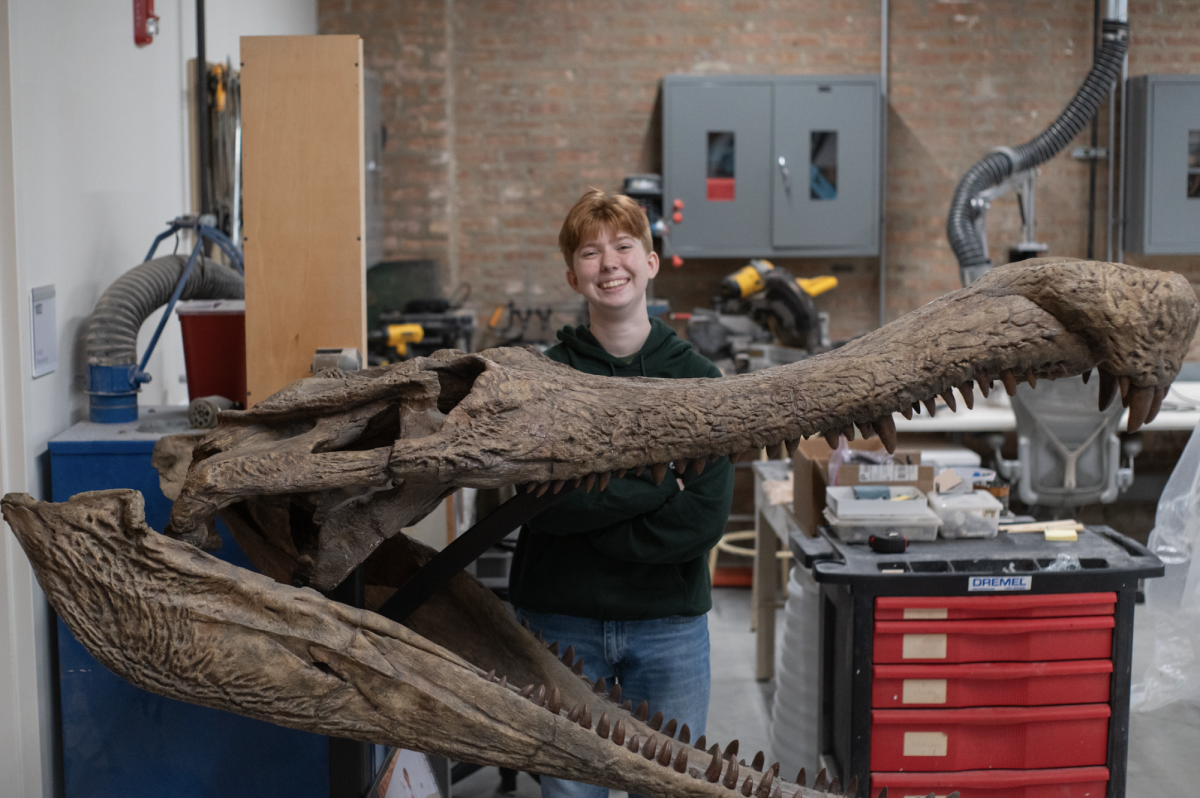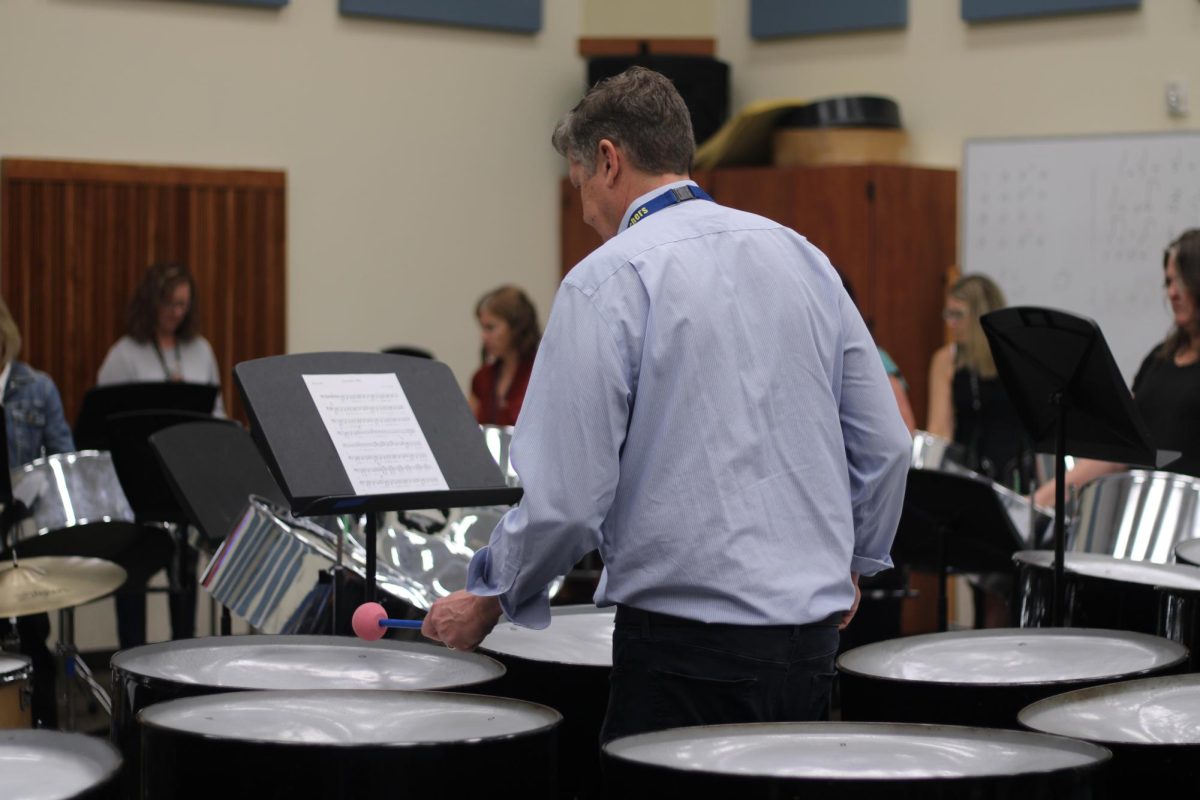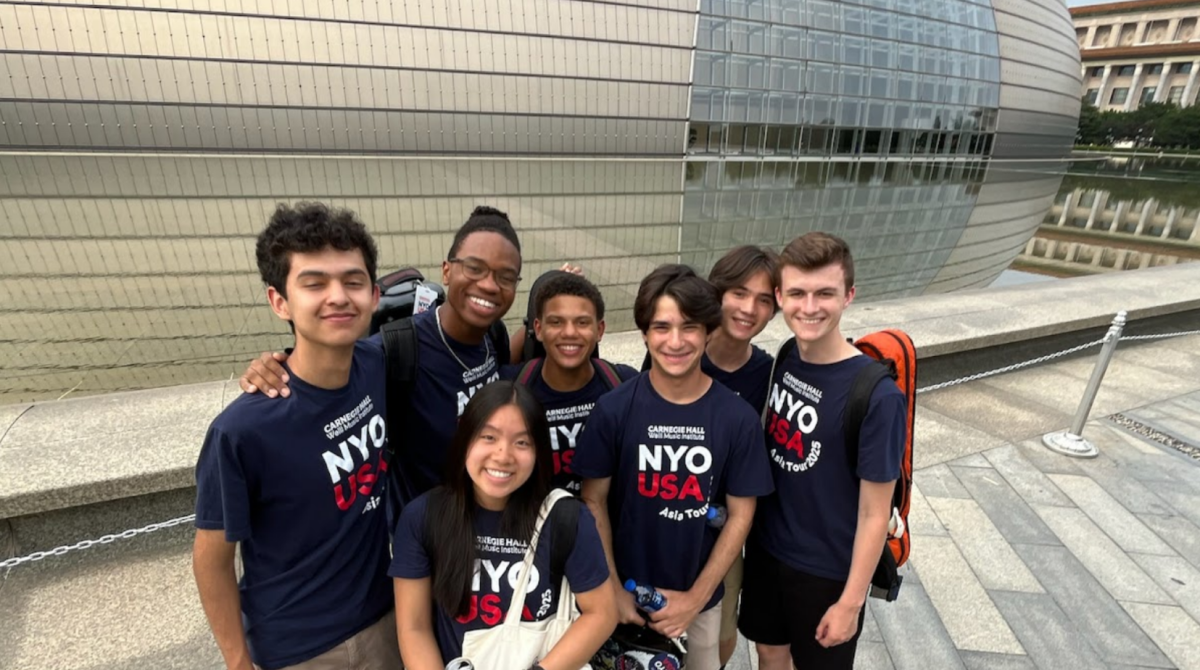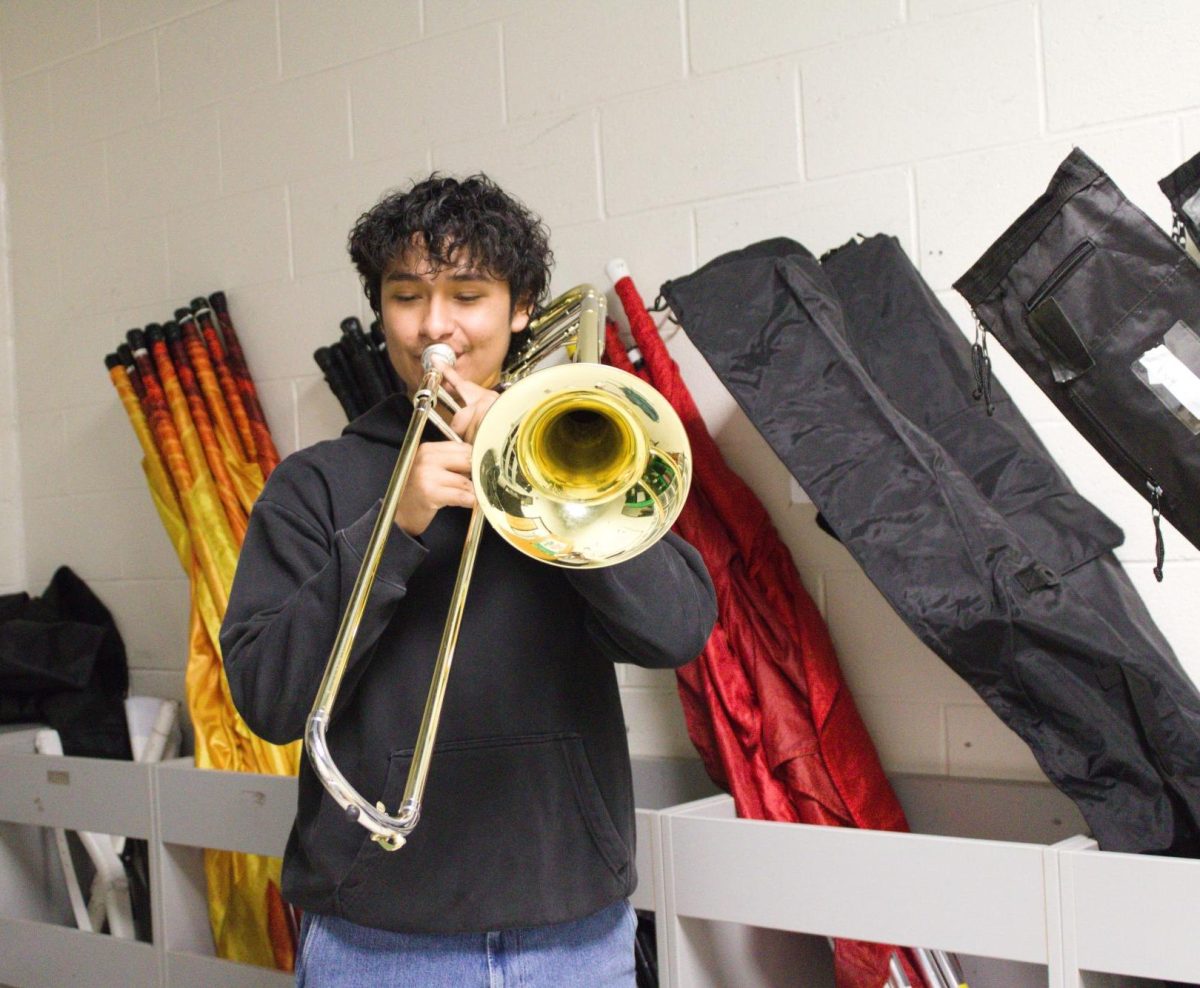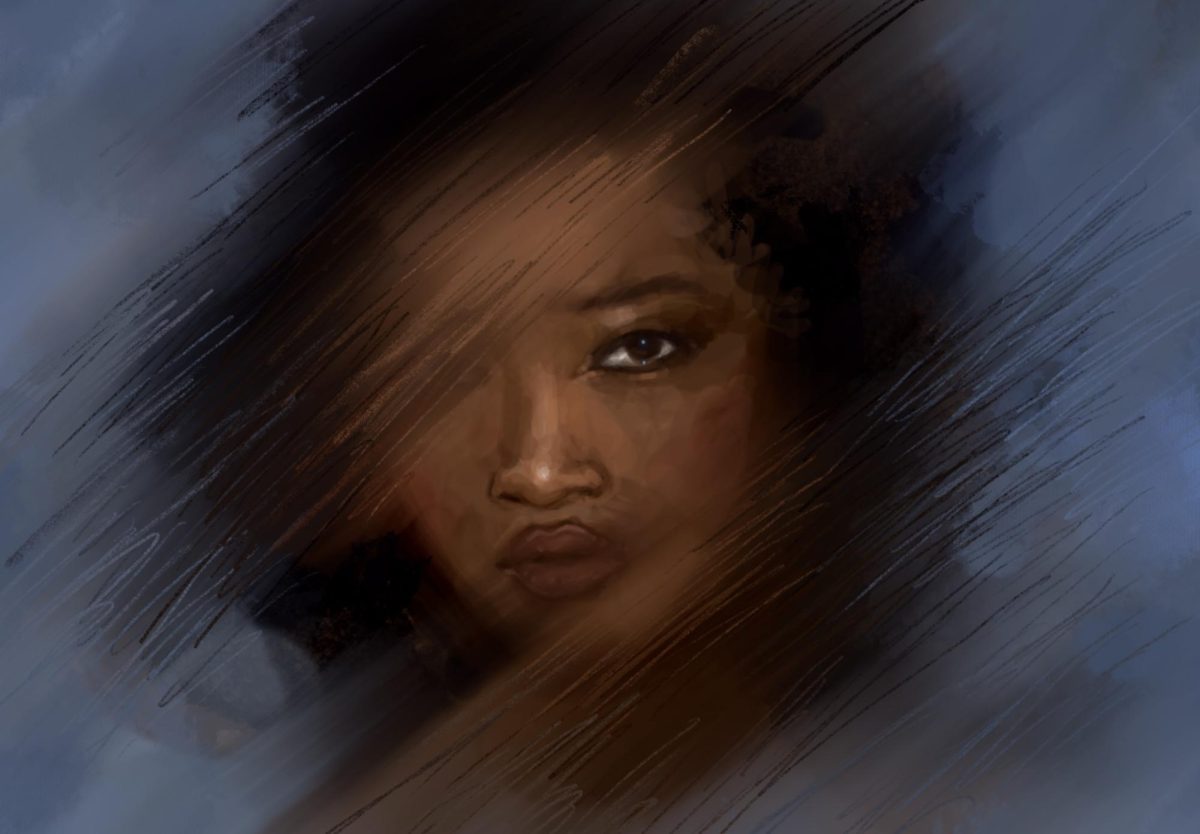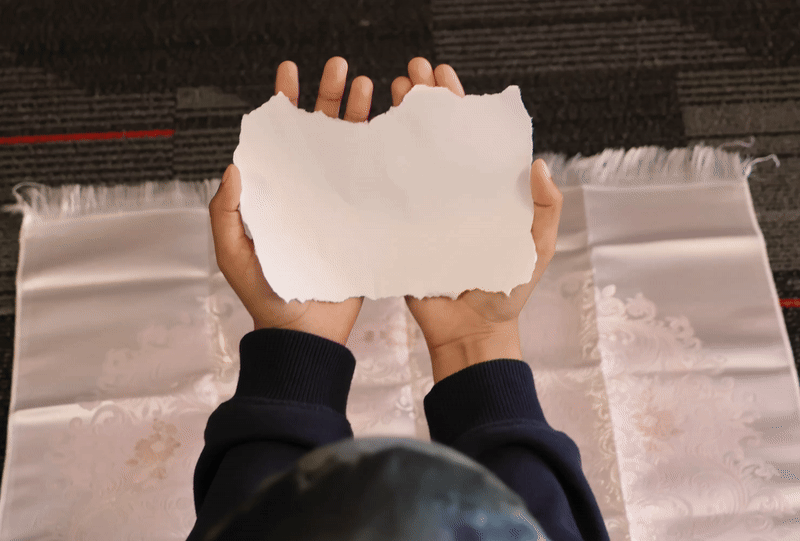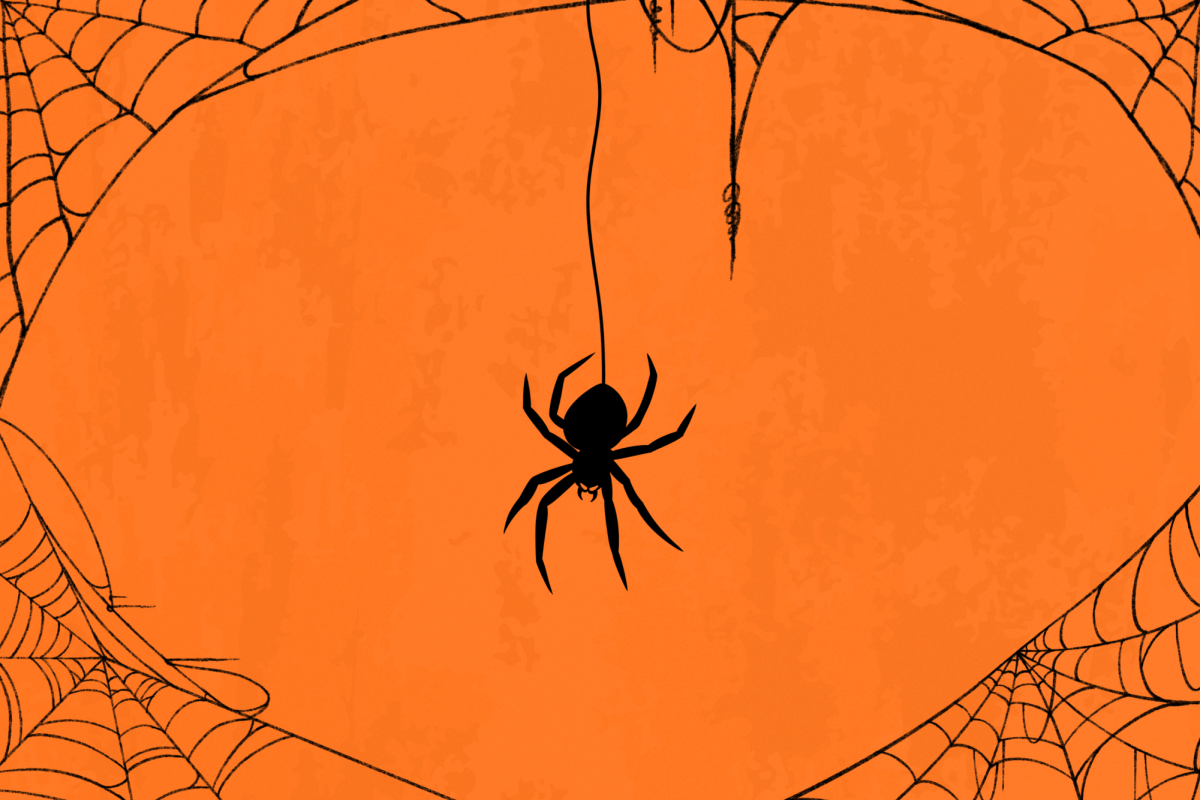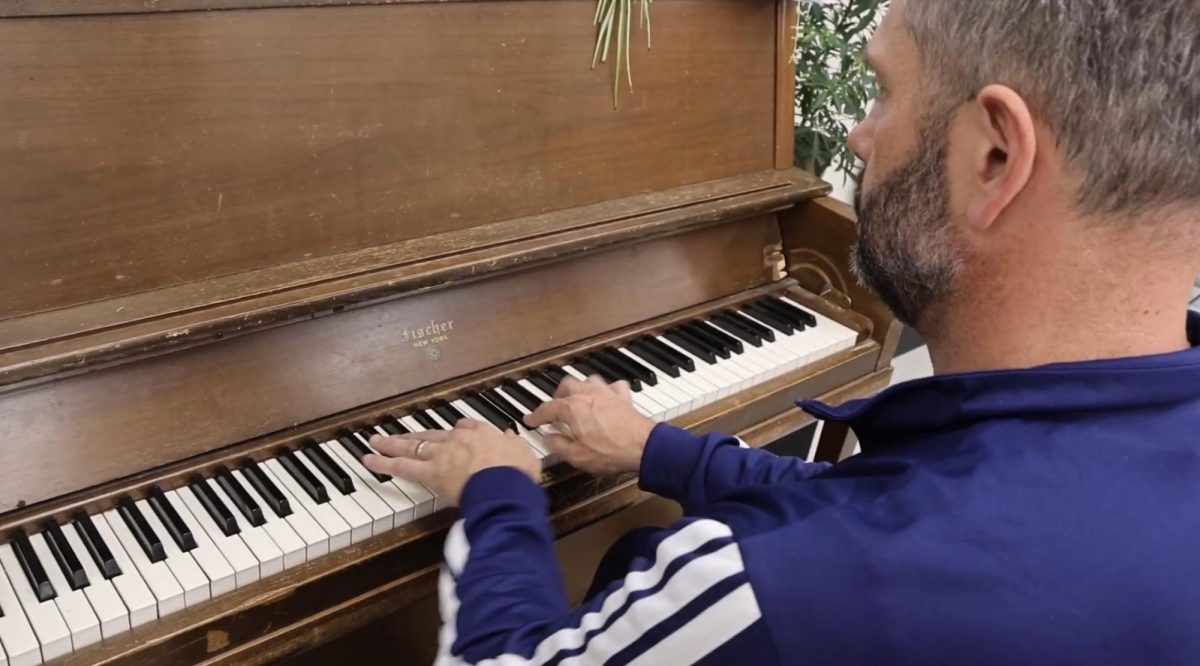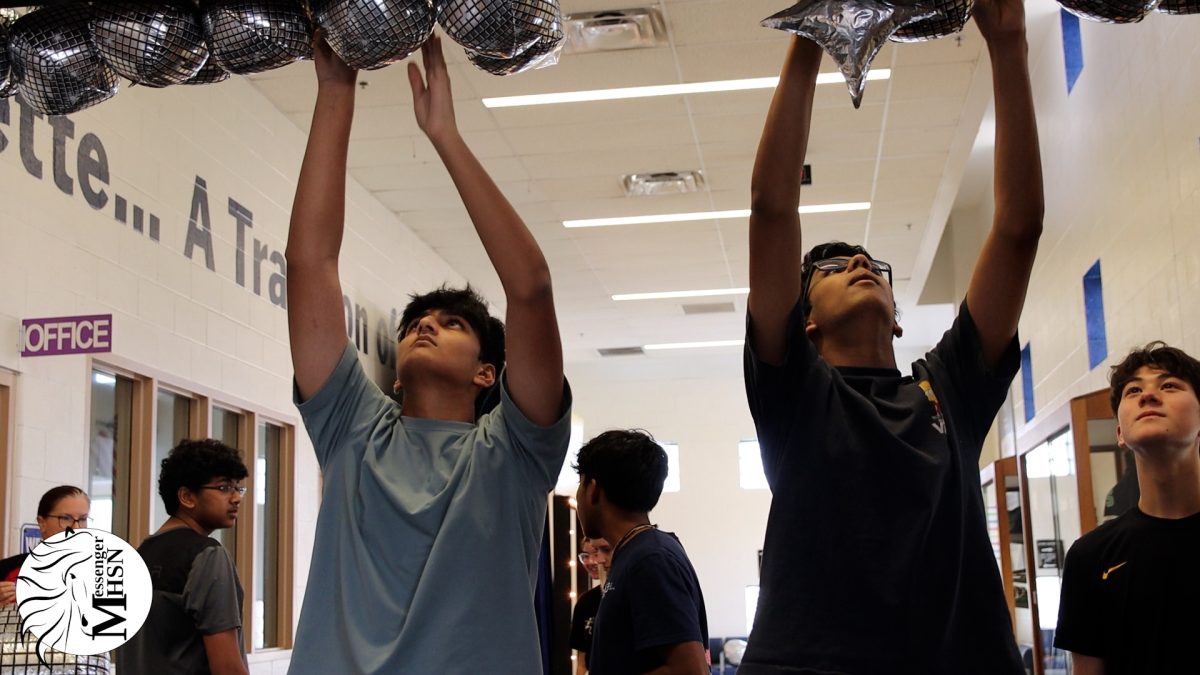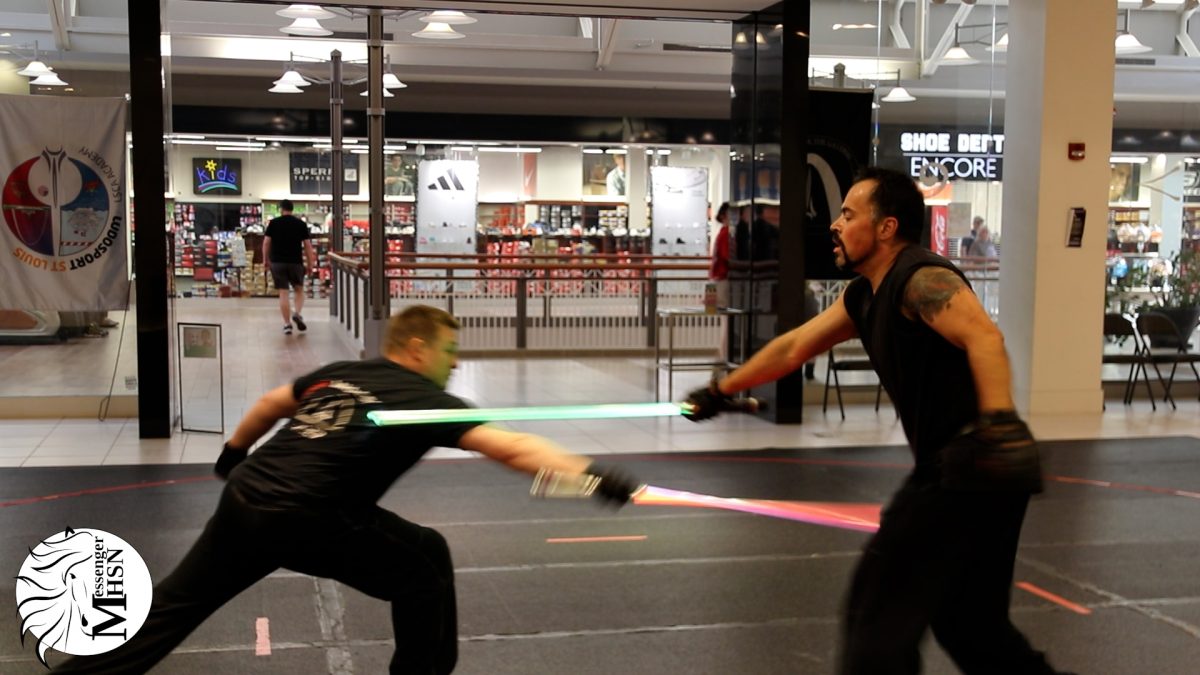Some of the most famous circus acts have been about escape: a straitjacket, handcuffs, a sealed box. Senior Satya Dominguez-Hultgren chooses silk. Concentric circles bind her stomach, her legs, her left shoulder. She unravels. In doing so, she falls. This act unfolds more than 10 feet in the air.
Satya catches herself and flips into a sitting position. She looks out into the audience and flexes her feet in the air in a childlike manner, staring blankly at her viewers while the audience laughs at her bewilderment. In the middle of her performance, Satya switched acts. She has gone from an aerial dancer to a clown.
Satya has trained in circus arts for 10 years. As she developed her performance style, she began to combine clowning with her skills as a trapeze artist, and now, with every performance, she pushes her audience to expand their notion of what’s possible.
Satya aims for nuance in her performances. In her experience, women are often encouraged to be controlled, delicate, agile. She wants to expand what her movements can convey.
“It’s having a complex character that’s communicable,” she said. “How does physical theater communicate an emotion besides just grace or beauty? Can it be a little bit funny?”
Satya knows that most people associate clowning with elaborate wigs or costumes. Instead of a clown wig, she wears pigtails. Her red nose is accomplished through copious amounts of blush.
The drama of her performance lies in disrupting people’s expectations. She will begin a movement as if to strike a classic ballet pose and then interrupt herself. Instead of pointing her toe, she flexes her foot.
“For clowning, I’m trying to be silly,” Satya said. “In ballet, you would talk about a line from your fingers to your toes. So you break that line. That’s all of your movements.”
Satya has been training at her studio Aloft Circus Arts in the Logan Square neighborhood for six years with her coach, Kristi Taff, the director of the Aloft Youth Ensemble. This year Satya is serving as the student leader for the Youth Ensemble.
“The way she’s stepped up has been awesome,” Ms. Taff said. “She has been such an exemplary figure to our new students and our current students. She’s been very motivating.”
Satya developed her clown persona by satirizing parts of herself: clumsiness, forgetfulness, distraction. One time she filmed herself walking to figure out how to exaggerate her own movements.
“With clowning, as opposed to theater, I think you have one character, and then you bring that to different scenes” she said. “The character might shift, but it doesn’t change. It’s like your clown is an exaggerated version of you.”
In Ms. Taff’s experience, students are often hesitant to incorporate clowning or theater into their performance, for fear of embarrassing themselves.
“Trying to get our teens more interested in clowning or theater is a very uncomfortable place, and they’re really nervous about it,” Ms. Taff said. “Satya has really embraced it and stepped really boldly into it.”
When she graduates, Satya doesn’t intend to leave circus arts behind. After majoring in biology for her undergraduate degree, Satya’s dream is to go to a circus arts training program and perform at a professional level.
When those around her question why she would spend time as a performer, rather than pursuing her other goal of becoming a doctor, Satya insists that nothing is more timely or relevant than performance art.
“Circus offers an avenue where anything is allowed in a way that is actively being barred in our society,” she said. “Even more so than dance, even more so than theater, circus is open to experimentation, open to questioning.”
Ultimately, that’s Satya’s goal: to ask questions with her art.
“I can,” she said. “And if I could, why wouldn’t I?”
This story was originally published on U-High Midway on September 26, 2025.









